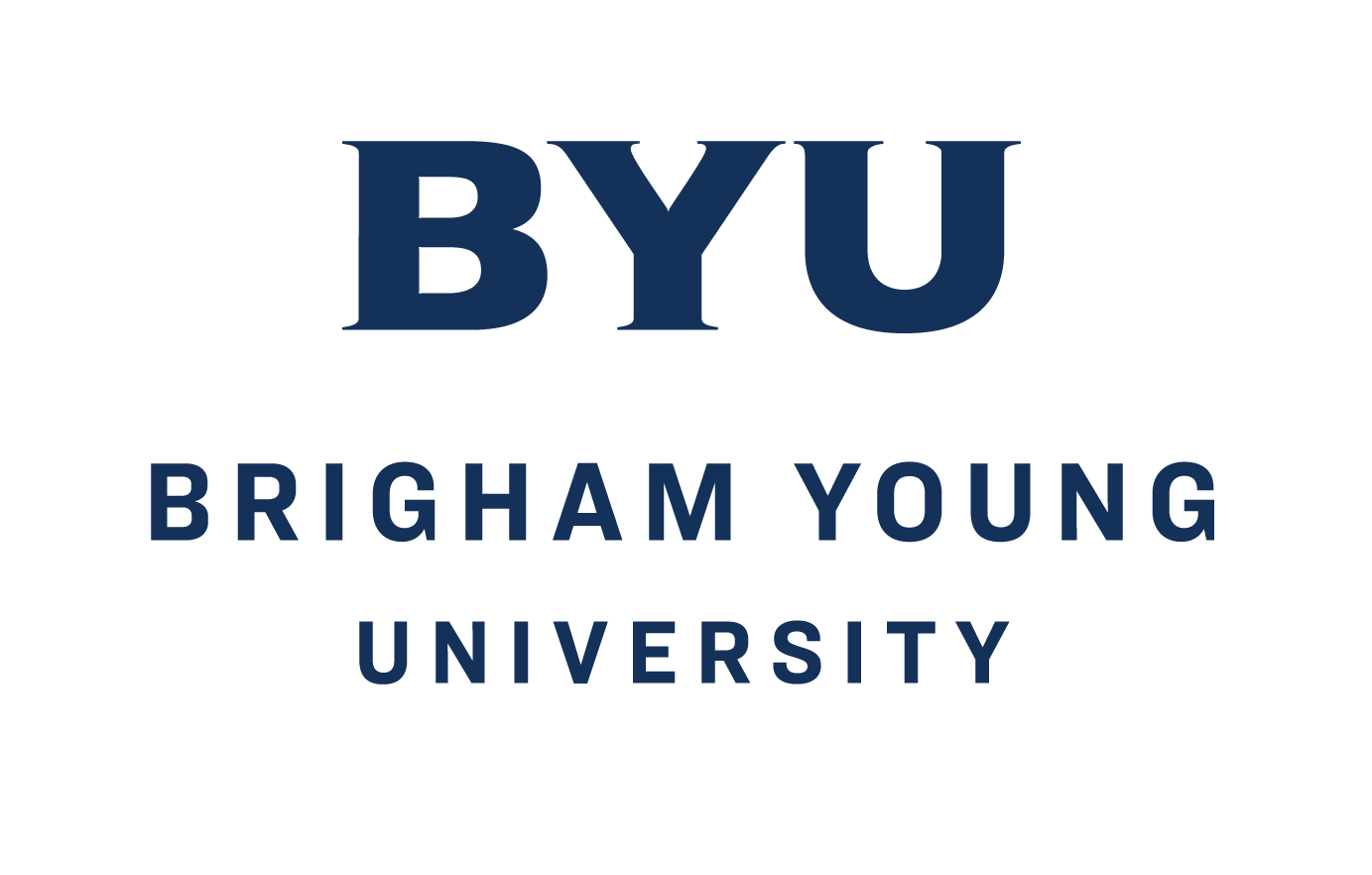
Campaign signs speckle a pedestrian overpass on Sept. 4 in Salt Lake City. The political signs sprouting up across the Salt Lake City area on overpasses, pedestrian bridges and highway boundary fences are technically illegal but the law isn’t really enforced. (Francisco Kjolseth /The Salt Lake Tribune via AP)
The political signs sprouting up across the Salt Lake City area on overpasses, pedestrian bridges and highway boundary fences are technically illegal but the law isn't really enforced.
The department's workers have more important things to do than taking down hundreds of illegal signs statewide. When they do go out and remove some, more tend to show up the next day, Gleason said.
So, 'typically we let it run its course,' Gleason said. 'That saves some work because after the election, most campaigns will remove their signs. For any that aren't cleaned up in a week or two, we'll go out and remove them — knowing that more aren't just going to replace them immediately.'
Democratic Salt Lake County Sheriff Rosie Rivera recently had some signs attached to a chain-link fence atop an overpass above Interstate 215. Her political opponent, Justin Hoyal, had similar signs on a pedestrian bridge.
Rivera's signs are placed by paid workers and campaigns volunteers, she said.
They are educated on where signs are allowed, but Rivera said some zealous supporters sometimes forget those rules and place placards where they don't belong.
'They will see my opponent's signs and go put one up,' she said. 'So I will drive around and find where supporters are putting signs where I don't want them.'
She took some signs down recently, she said.
Hoyal and Republican nominee for Salt Lake County district attorney Nathan Evershed said volunteers are also responsible for placing their signs.
The transportation department takes action on signs that create a hazard such as blocking essential sightlines or threatening to fall into a roadway, Gleason said.
When they do that, Gleason said they also clear out any other campaign signs in that area to be fair.
State rules ban the transportation department from disposing of the signs immediately, giving campaigns a chance to retrieve them, if they choose to.
